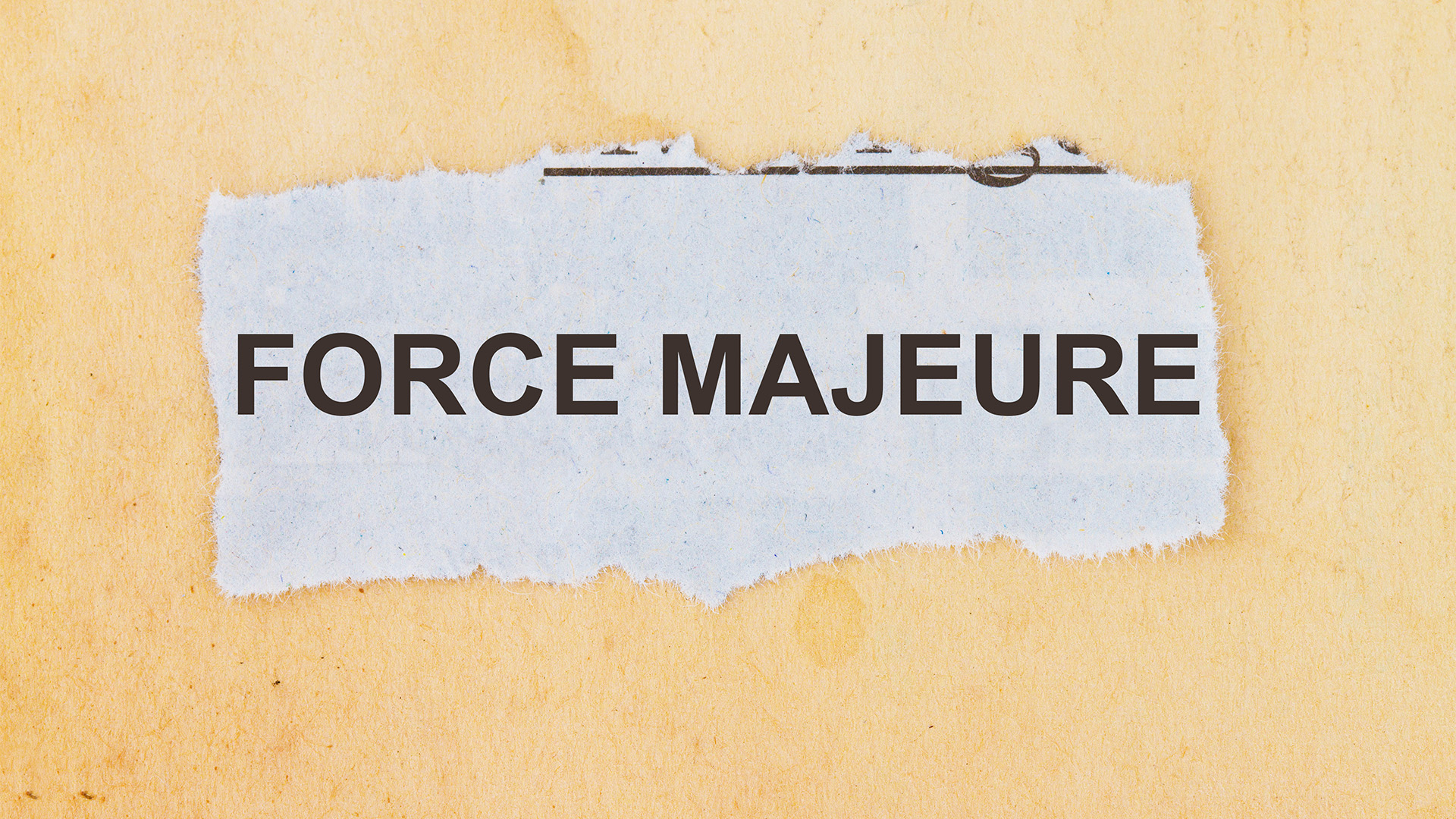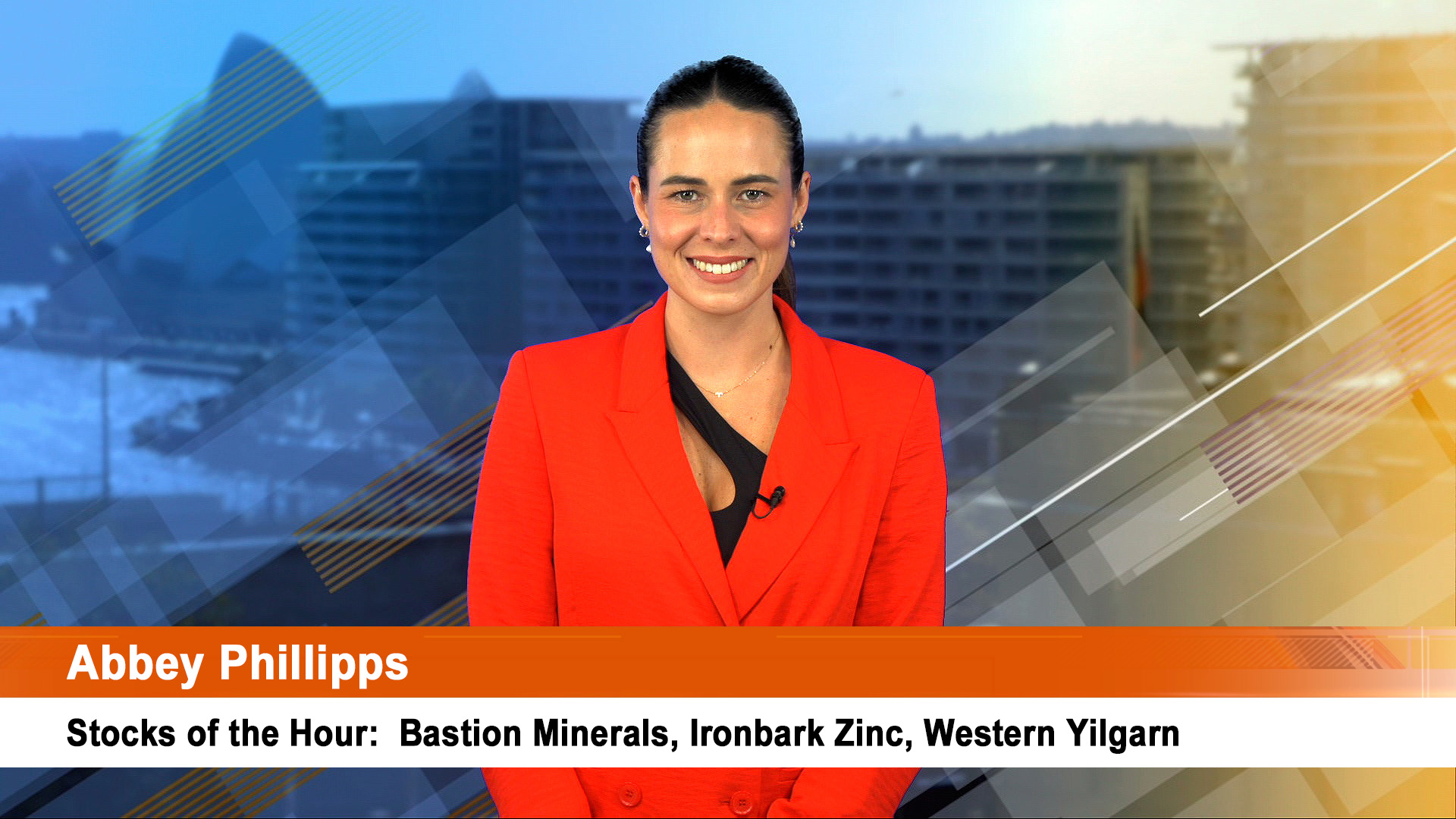The big rise in Chinese exports in July and the fall in imports grabbed the headlines, but for Australia the important data was the third highest level of iron ore imports on record – contrary to what the forecasts of falling sales and prices from the usual collection of worryworts and local ‘experts’ in recent months.
In fact China’s iron ore imports jumped 11% to more than 82 million tonnes in July.
That was much higher than many local experts had thought and for yet another month, confounds the doom and gloom reporting.
Yes, iron ore prices are down (perhaps why the Chinese steel are boosting their purchases), but demand, especially from Australia, isn’t being impacted.
Australia’s share of Chinese iron ore imports was 61% of the total in June and higher in July,and 56% in the first half of the year, against about 51% for the whole of 2013.
Australian exports to China from Port headland (the key iron ore export port) hit an all time high of just under 31 million tonnes in July, up from the previous high in May.
Total iron ore exports from Port Headland last month were an all time record of 36.08 million tonnes in July.
And for experts like the economists in the Reserve Bank, that’s no surprise as it is classic economics and business strategy that companies try to maximise output when prices weaken.
And in this case, the big companies such as Rio Tinto, BHP and Fortescue in Australia, and Vale in Brazil, are producing as much high quality iron ore as possible to damage and weaken smaller producers in Australia, China and other countries.
Small miners hurting as big players boost iron ore output

The impact of the fall in prices can be seen from the small print of the Chinese July trade report which revealed a 14.5% drop in the cost of iron ore imports for the first seven month of this year, compared with the same period of 2013.
But imports of iron ore are now up 18% in the seven months to July to more than 540 million tonnes.
Global prices are down by just under 30% this year, and the average Chinese price in July was down more than 25%.
July’s total imports of 82.52 million tonnes was the third highest on record, with steel mills in China continuing to produce at high rates.
Margins for steel mills have also improved as a result of lower iron ore and coal prices.
Remember that Rio Tinto, the world’s second biggest iron ore miner and exporter boosted interim profits 21%, much better than expected and much better than the gloomsters and worryworts had thought possible (they have all gone quiet).
But there are a couple of negatives ahead – supply is increasing faster than Chinese steel output,even though Chinese steel exported 8 million tonnes of steel products in July, close to a record.
And stocks of iron ore held at Chinese ports was a record 111 million tonnes at the end of last month, up 40% on a year earlier.
That’s partly why the likes of Goldman Sachs are gloomy on the outlook for iron ore over the next year or two. That’s something to keep in mind.
Other key Chinese import data painted a slightly different picture – copper fell, oil fell, but soybean shipments were up.
China’s crude oil imports in July were 23.76 million tonnes, or 5.6 million barrels per day (bpd), down 9% from July 2013 (there was a sharp rise in imports in July 20130.
Imports were down 1.1% on a daily basis from June.
The month-on-month fall in July’s crude imports further dashed expectations for a rise after Chinese refineries returned from peak maintenance period in April and May.
China’s copper imports fell 3% from June, down for the third month in a row.
Imports of copper anode, refined metal, alloy and semi-finished copper products totalled 343,000 tonnes in July, the lowest since April 2013 and down 7,000 tonnes from June.
They were also down sharply from the 410,000 tonnes imported in July of last year.
Some analysts say the fall has more to do with the crackdown on bank financing deals than actually falls in demand for the metal.
But in the first seven months of 2014, imports rose 18.7% year-on-year to 2.86 million tonnes.
And China imported 7.47 million tonnes of soybeans last month, up from 6.39 million in June.
Finally, the most intriguing export figure was the three year high for Chinese shipments of aluminium metal and products.
Analysts said rising world prices drove the lift.
Remember Rio Tinto reported better tan expected figures from its aluminium business, which has been its weak point, in the six months to June.
The weekend’s trade figures showed China exported 380,000 tonnes of aluminium and products in July, up 22.6% year-on-year. Exports were also up 15% from July.













